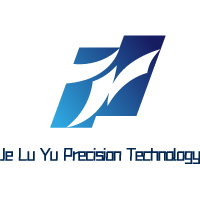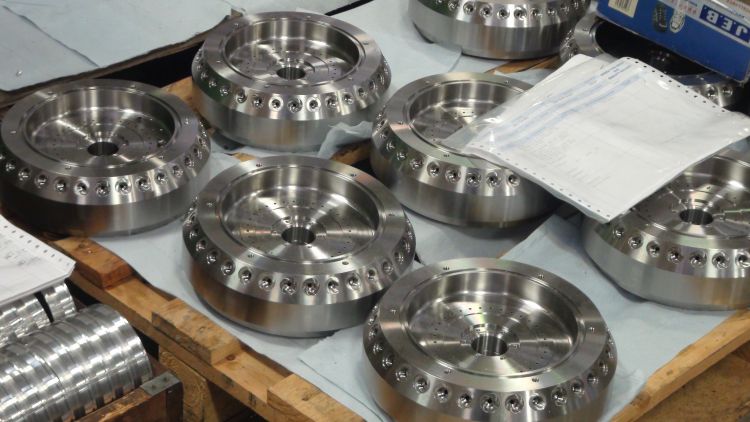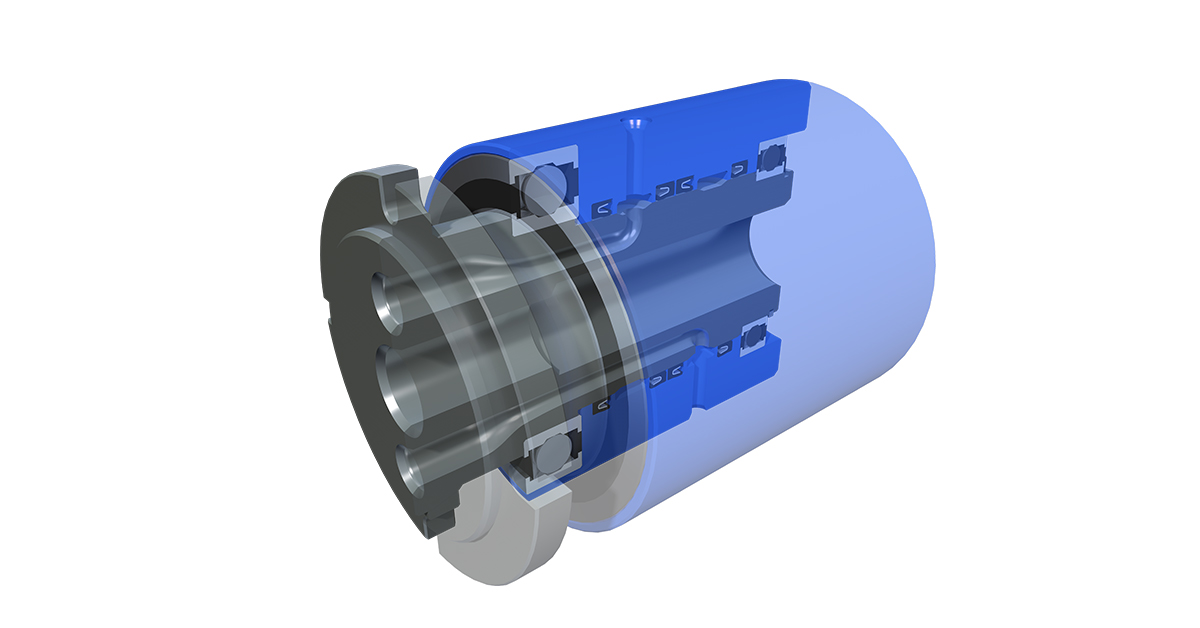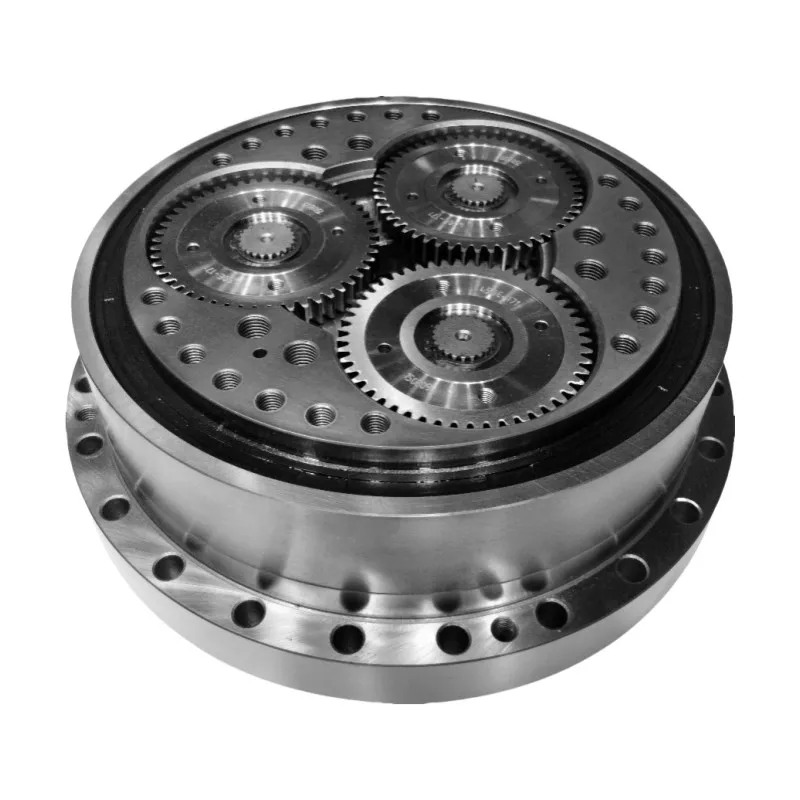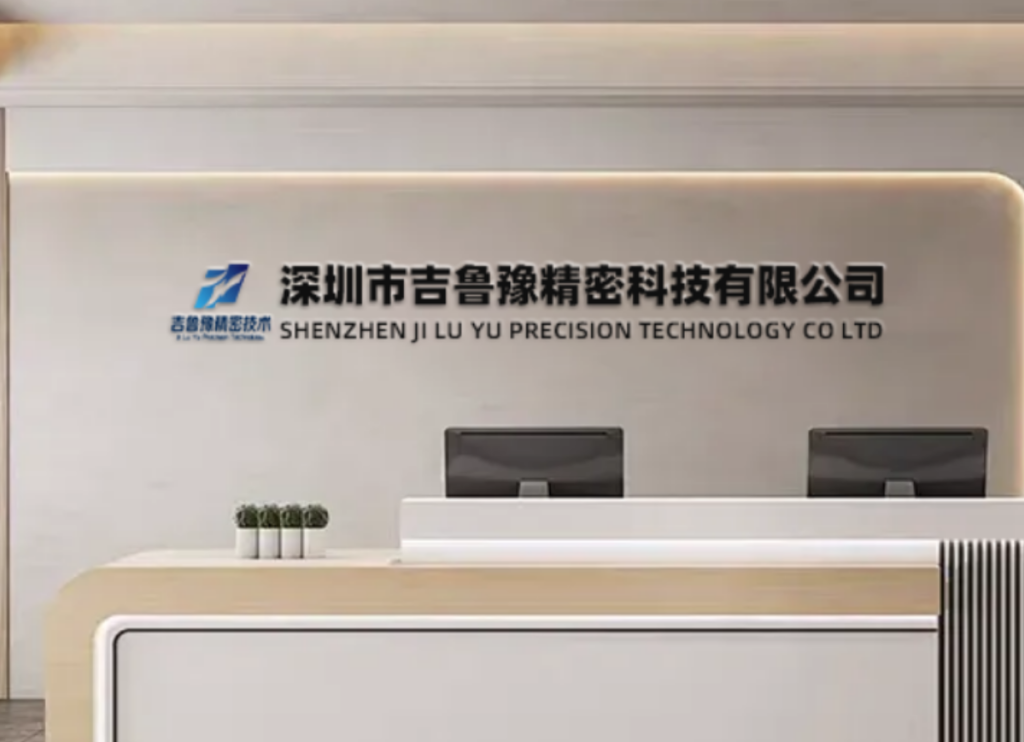Precision Engineering Excellence: Advanced 5-Axis CNC Machining Service for Complex Geometric Parts
The evolution of modern manufacturing has reached a pivotal juncture where conventional machining approaches no longer suffice for the sophisticated components demanded by today’s advanced industries. Complex geometries, intricate contours, and stringent tolerance requirements have become standard expectations across aerospace, medical, automotive, and defense sectors. At JLYPT CNC Machining, we have established ourselves as leaders in providing comprehensive 5-axis CNC machining service for complex geometric parts, combining state-of-the-art technology with deep engineering expertise to deliver solutions that push the boundaries of manufacturing possibility.
This technical exploration delves into the sophisticated capabilities, engineering methodologies, and practical applications that define world-class 5-axis CNC machining service for complex geometric parts. We will examine how the strategic implementation of multi-axis technologies, coupled with advanced tooling strategies and rigorous quality control, enables the production of components that would be impossible or economically unviable using traditional manufacturing approaches.
Fundamental Principles of 5-Axis CNC Machining Technology
Understanding the core principles behind 5-axis CNC machining service for complex geometric parts is essential for appreciating its transformative impact on modern manufacturing:
Kinematic Architecture and Machine Configurations
The foundation of any 5-axis CNC machining service for complex geometric parts lies in the mechanical architecture and movement capabilities of the machining center:
-
Table-Table Configuration: Features a tilting and rotating worktable where the workpiece moves while the cutting tool maintains a fixed orientation, ideal for smaller, box-shaped components
-
Head-Head Configuration: Employs a stationary worktable with a cutting head that both tilts and rotates, optimized for large, heavy components that benefit from fixed positioning
-
Table-Head Configuration: Combines a rotating table with a tilting spindle, offering enhanced flexibility for medium-sized components requiring complex multi-sided machining
-
Trunnion-style Machines: Utilize a rotating table mounted on a tilting axis (trunnion) with horizontal spindle orientation, providing exceptional rigidity for heavy-duty machining operations
-
Swivel-rotary Style Machines: Feature a spindle that tilts in two directions combined with table rotation, offering maximum flexibility for complex contouring operations
Simultaneous vs. Positional 5-Axis Machining
A critical distinction in 5-axis CNC machining service for complex geometric parts involves the operational methodology:
-
Simultaneous 5-Axis Machining: All five axes move concurrently during cutting operations, enabling continuous tool contact with complex curved surfaces and maintaining optimal tool orientation
-
3+2 Axis Machining (Positional): The machine orients the cutting tool to a fixed position using three rotary axes, then performs 3-axis machining, ideal for accessing multiple sides of a workpiece in single setup
-
Continuous 5-Axis Machining: Advanced implementation where all axes move in coordinated motion throughout the entire machining process, essential for aerospace impellers, turbine blades, and medical implants
Technical Advantages of 5-Axis Machining for Complex Geometries
The implementation of 5-axis CNC machining service for complex geometric parts provides substantial technical advantages over conventional machining approaches:
Geometric Capability and Design Freedom
-
Undercut Features: Machining of re-entrant geometries, internal undercuts, and complex internal features impossible with 3-axis equipment
-
Compound Angles: Precise machining of features oriented at multiple compound angles relative to primary datums without special fixtures
-
Continuous Complex Surfaces: Production of organic shapes, aerodynamic profiles, and ergonomic forms with mathematical precision
-
Deep Cavity Access: Machining of deep pockets and internal cavities with standard-length tools through optimal tool orientation
Manufacturing Efficiency and Precision Enhancement
-
Single-Setup Machining: Complete processing of complex parts in one setup eliminates cumulative errors from multiple fixturing operations
-
Improved Tool Life: Maintenance of optimal cutting angles and consistent chip loads extends tool life and ensures uniform surface finishes
-
Superior Surface Quality: Continuous toolpath optimization and consistent tool engagement produce exceptional surface finishes without manual polishing
-
Reduced Lead Times: Elimination of multiple setups and specialized fixtures significantly compresses manufacturing timelines
Advanced Toolpath Strategies for Complex Geometric Parts
The effectiveness of any 5-axis CNC machining service for complex geometric parts depends heavily on sophisticated toolpath generation and optimization:
Multi-Axis Toolpath Technologies
-
Swarf Machining: Utilizing the side of the cutting tool parallel to the surface normal for efficient machining of vertical walls and complex side features
-
Port Machining: Specialized routines for machining valve ports, hydraulic manifolds, and fluid passageways with complex intersection geometries
-
Curve Projection Machining: Projecting 2D or 3D toolpaths onto complex 3D surfaces while maintaining constant tool engagement
-
Flowline Machining: Generating toolpaths that follow the natural curvature and flow of complex surfaces for optimal finish quality
Advanced CAM Programming Techniques
-
Collision Avoidance: Automated detection and avoidance of collisions between the tool, toolholder, machine components, and workpiece
-
Tool Axis Optimization: Dynamic control of tool orientation to maintain optimal cutting conditions while avoiding machine limitations
-
Multi-process Integration: Seamless integration of roughing, semi-finishing, and finishing operations within unified manufacturing sequences
-
Machine Kinematics Simulation: Virtual verification of machine movements, axis limits, and potential interference before program execution
Material Considerations for Complex Geometric Parts
The table below outlines material-specific considerations for 5-axis CNC machining service for complex geometric parts across various industries:
| Material Category | Machining Challenges | 5-Axis Advantages | Typical Applications |
|---|---|---|---|
| Titanium Alloys (Ti-6Al-4V) | Low thermal conductivity, work hardening, galling tendency | Maintained tool engagement, optimized chip thinning, thermal management | Aerospace structural components, medical implants, defense applications |
| Nickel-Based Superalloys (Inconel 718) | Extreme hardness, work hardening, abrasive microstructure | Constant cutting forces, optimized tool paths, reduced tool deflection | Turbine blades, exhaust components, high-temperature applications |
| Aluminum Alloys (7075-T6) | Built-up edge formation, thermal expansion, stringy chips | High-speed machining capabilities, efficient chip evacuation, thermal stability | Aerospace frames, automotive components, optical mounts |
| Stainless Steels (17-4PH) | Work hardening, chip control, tool wear | Continuous tool engagement, optimized cutting parameters, improved surface integrity | Medical instruments, chemical processing, marine components |
| Engineering Composites | Delamination, fiber pull-out, abrasive wear | Specialized tool geometries, minimized exit forces, controlled fiber orientation | Aerospace structures, automotive panels, sporting goods |
| Engineering Plastics (PEEK) | Thermal deformation, poor thermal conductivity, elastic recovery | Reduced cutting forces, optimized tool geometry, minimal workpiece distortion | Medical devices, electrical insulators, chemical processing |
For comprehensive understanding of machining standards and material specifications, we regularly consult resources from ASME Digital Collection to ensure compliance with industry requirements and technical excellence.
Industry-Specific Applications and Technical Solutions
The versatility of 5-axis CNC machining service for complex geometric parts enables innovative solutions across multiple high-tech industries:
Aerospace and Defense Applications
-
Turbine Blades and Vanes: Complex aerodynamic profiles with tight tolerances and superior surface finishes for optimal fluid dynamics
-
Structural Components: Complex brackets, fittings, and support structures with weight-optimized geometries and strategic material orientation
-
Aircraft Interiors: Ergonomic and aesthetic components with complex curvatures and integrated functional features
-
Defense Systems: Specialized enclosures, mounting systems, and mechanical assemblies with precise interface requirements
Medical and Healthcare Applications
-
Surgical Implants: Patient-specific implants with complex organic geometries and critical surface finish requirements
-
Medical Instruments: Ergonomic handheld devices with complex contours and integrated functional elements
-
Diagnostic Equipment: Precision components with complex internal passages and precise interface features
-
Prosthetic Devices: Custom-fitted components with organic surfaces and integrated adjustment mechanisms
Automotive and Motorsports Applications
-
Engine Components: Complex intake and exhaust manifolds with optimized fluid dynamics and thermal management
-
Suspension Components: Lightweight control arms and mounting brackets with optimized stress distribution
-
Prototype Development: Rapid iteration of complex components for testing and validation before production tooling
-
Performance Upgrades: Custom components with complex geometries for enhanced performance and aesthetics
Comprehensive Case Studies: Complex Geometric Part Manufacturing
Case Study 1: Aerospace Turbine Compressor Blade
-
Challenge: An aerospace manufacturer required precision compressor blades with complex aerodynamic profiles, tight tolerance requirements (±0.025mm), and superior surface finish (Ra 0.4 μm) for a next-generation jet engine application.
-
Technical Solution: We implemented simultaneous 5-axis machining with specialized toolpath strategies to maintain constant tool engagement across the complex blade surfaces. The process incorporated adaptive roughing, semi-finishing with rest machining, and precision finishing with specialized ball-nose end mills.
-
Manufacturing Approach: The blades were machined from Ti-6Al-4V using high-pressure through-tool coolant and specialized tooling. The process included in-process verification of critical features and comprehensive final inspection using optical scanning and CMM validation.
-
Technical Outcomes: The manufactured blades exceeded aerodynamic performance specifications with surface finishes consistently below Ra 0.4 μm. The process achieved 99.7% first-pass yield with all dimensional characteristics within specification. The optimized toolpaths reduced machining time by 35% compared to previous methods.
-
Internal Link: Discover our comprehensive approach to aerospace manufacturing through our Precision CNC Machining Services.
Case Study 2: Medical Patient-Specific Spinal Implant
-
Challenge: A medical device company needed a patient-specific spinal implant with complex organic geometry derived from CT scan data. The implant required precise interface features, strategic porosity for bone integration, and exceptional surface quality for biocompatibility.
-
Technical Solution: We developed a hybrid manufacturing approach combining 5-axis machining with specialized surface treatment processes. The implant geometry was machined from medical-grade PEEK using continuous 5-axis toolpaths to maintain surface continuity and precise interface features.
-
Manufacturing Approach: The complex geometry was processed using specialized CAM strategies for organic shapes. Critical interface features employed micro-machining techniques with tolerances within ±0.01mm. The process included specialized cleaning and surface preparation for medical implantation.
-
Technical Outcomes: The implant achieved perfect anatomical fit with all interface features within specification. The surface treatment provided optimal conditions for bone integration while maintaining the precise geometric requirements. The solution received regulatory approval and successful clinical implementation.
Case Study 3: Automotive Performance Intake Manifold
-
Challenge: An automotive engineering team required a high-performance intake manifold with complex internal passageways, optimized airflow characteristics, and integrated mounting features. The design included compound curves, varying wall thicknesses, and precise interface requirements.
-
Technical Solution: We implemented 3+2 axis machining strategies for efficient material removal combined with simultaneous 5-axis finishing for the complex internal and external surfaces. The process incorporated specialized port machining routines and optimized tool orientation for deep cavity access.
-
Manufacturing Approach: The manifold was machined from 6061 aluminum using progressive tooling strategies from roughing through finishing. Internal passages were machined using extended-reach tooling with optimized toolpaths to maintain dimensional accuracy and surface quality.
-
Technical Outcomes: The completed manifold demonstrated 12% improvement in airflow characteristics compared to computational models. All mounting features achieved perfect alignment, and the assembly required no secondary machining or adjustment. The solution supported successful engine testing and performance validation.
Quality Assurance and Metrology for Complex Geometric Parts
The verification of complex geometric parts requires sophisticated metrology approaches and rigorous quality protocols:
-
Non-Contact Scanning: Laser and structured light scanning for comprehensive surface analysis and comparison to CAD data
-
Multi-Sensor CMM: Advanced coordinate measuring machines with touch-trigger, scanning, and vision capabilities for complete feature verification
-
Specialized Fixturing: Precision holding fixtures that maintain datum structure while allowing complete access for measurement
-
Statistical Process Control: Comprehensive data collection and analysis to ensure process capability and consistent quality
-
Surface Metrology: Precise measurement of surface texture, waviness, and form using advanced profilometry techniques
The Future of 5-Axis CNC Machining Technology
The evolution of 5-axis CNC machining service for complex geometric parts continues with emerging technologies and methodologies:
-
AI-Driven Optimization: Implementation of machine learning algorithms for adaptive toolpath optimization and predictive maintenance
-
Additive-Subtractive Hybrid: Integration of 3D printing with 5-axis machining for unprecedented geometric complexity and material efficiency
-
Digital Twin Technology: Comprehensive virtual modeling of machining processes for optimization and collision avoidance
-
Advanced Control Systems: Next-generation CNC controllers with enhanced processing power and sophisticated interpolation capabilities
-
Sustainable Manufacturing: Implementation of energy-efficient processes and recycling strategies without compromising precision or capability
Conclusion: Engineering the Future with 5-Axis Precision
The capabilities offered by advanced 5-axis CNC machining service for complex geometric parts represent a fundamental advancement in manufacturing technology, enabling the creation of components that push the boundaries of design, performance, and functionality. At JLYPT CNC Machining, our commitment to technical excellence, combined with state-of-the-art equipment and deep engineering expertise, positions us as the ideal partner for your most challenging manufacturing requirements.
Our comprehensive approach to 5-axis CNC machining service for complex geometric parts ensures that every component benefits from optimized processes, rigorous quality control, and technical innovation. Whether you’re developing next-generation aerospace components, life-saving medical devices, or high-performance automotive systems, our capabilities and expertise support your success from concept through production.
Ready to transform your complex geometric designs into precision reality? Contact JLYPT CNC Machining today to discover how our advanced 5-axis CNC machining service for complex geometric parts can help you achieve your technical objectives with uncompromising quality and precision.
